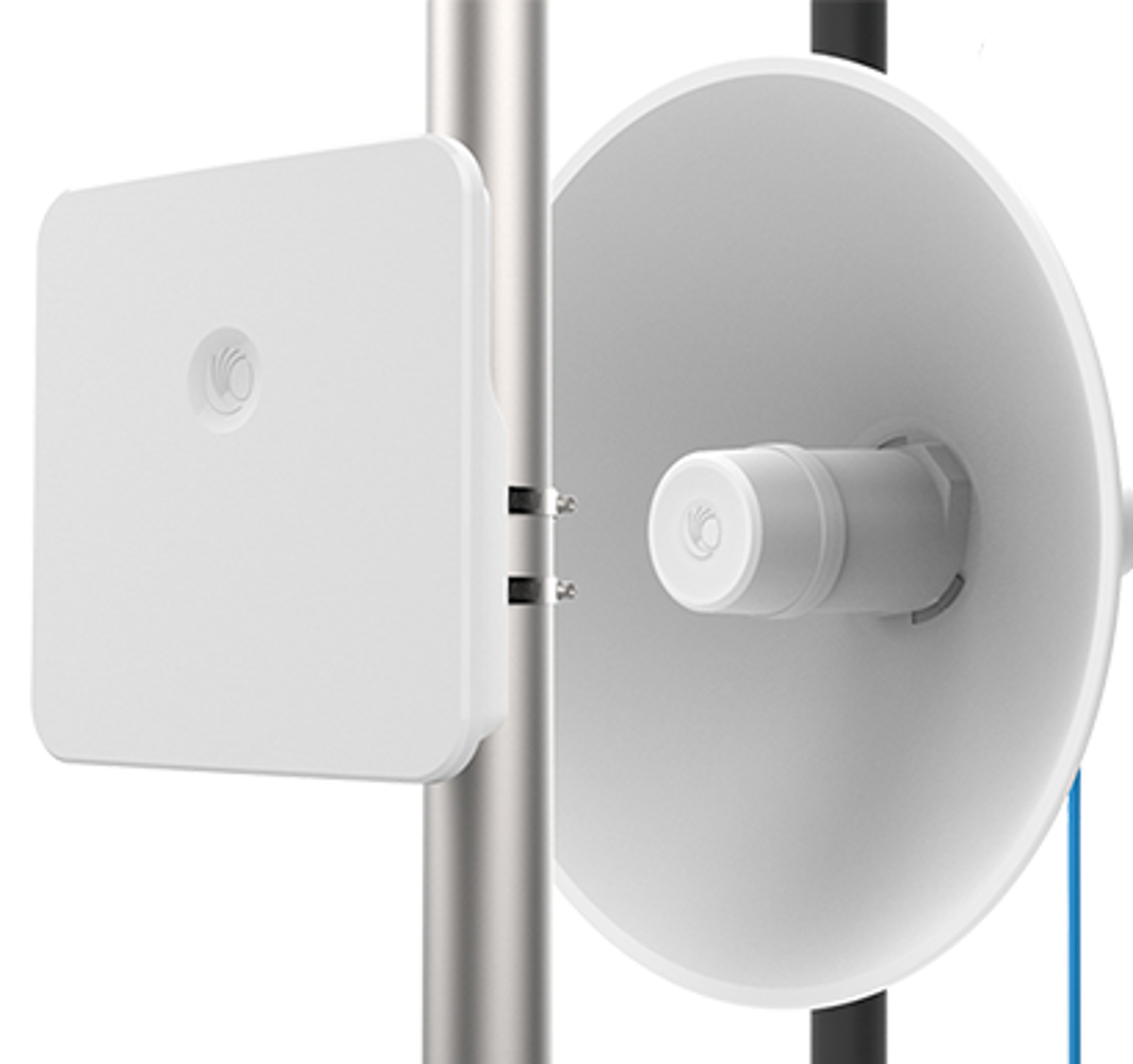Private LTE Vs 5G: Understand The Differences For Your Business
As a Cambium Networks Partner, you’ll gain access to leading-edge network solutions and comprehensive support. To determine if a private LTE vs 5G solution is best for your business, reach out to our team of experts.

Whether you are exploring private LTE or 5G, consider what you want your wireless solution to accomplish. Do you require extended coverage? Is reliability your most pressing need? Do your users demand speed over all else? When deciding between private LTE vs 5G, you will want to weigh the pros and cons for your business.

LTE Vs 5G: Speed
As consumers demand faster Internet connectivity, providers need to be able to deliver—no matter the location or density. While 5G is accelerating to speeds up to 20 times faster than 4G LTE, the technology continues to advance. On average, 5G can reach up to 20GB per second, while LTE has a top speed of 1GB per second. Of course, the everyday speed of both technologies depends on your location, the type and number of devices in use, and whether the user is on the go or stationary.
LTE Vs 5G: Connected Devices
With private LTE, an organization can have more control over its network and the number of connected devices it can support. Specific network characteristics will depend on the spectrum used and the network infrastructure equipment. Cambium Networks' cnRanger technology enhances the number of devices that can be connected and the coverage area. Both private LTE and 5G are designed for organizations that need to provide connectivity to many users and devices, and both technologies can cover a large geographic area. A significant difference between the two networks is cost and return on investment.


LTE Vs 5G: Cost And ROI
Private LTE and 5G technologies both have their advantages; however, only private LTE deployments allow you to own your network and equipment. As a result, private LTE technologies can offer an increased return on your investment. Moreover, as your network scales, you can rely on Cambium Networks’ solutions to extend coverage, increase throughput, and decrease latency.
LTE Vs 5G |
||
| Criteria | 5G | LTE |
| Technology | 5th generation of mobile wireless systems uses radio waves for sending and receiving data | LTE uses MIMO (multiple input, multiple output) antenna technology and the fourth generation of mobile communication technology |
| Latency | Higher opportunity for latency issues | Lower latency than Wi-Fi |
| Security | Has more traffic-routing points and decentralized security but does involve a variety of anti-tracking and spoofing specs | Private LTE keeps all of your sensitive and confidential information private instead of going through a public commercial network |
| Compatibility | Many Apple products are not compatible with 5G | Supports multiple use scenarios and deployments across different markets and industries |
| Availability | Depends on service provider | Highly available |
| Installation cost | Purchase a 5G phone | Higher up-front cost |
| Operational cost | Cost of 5G plan; High tier 1 carrier fees | Depends on usage (Total cost of ownership) |
To mitigate risk and improve your bandwidth, contact the experienced team at CommScope RUCKUS. We install only the best hardware to meet the unique challenges of MDU Wi-Fi solutions.

